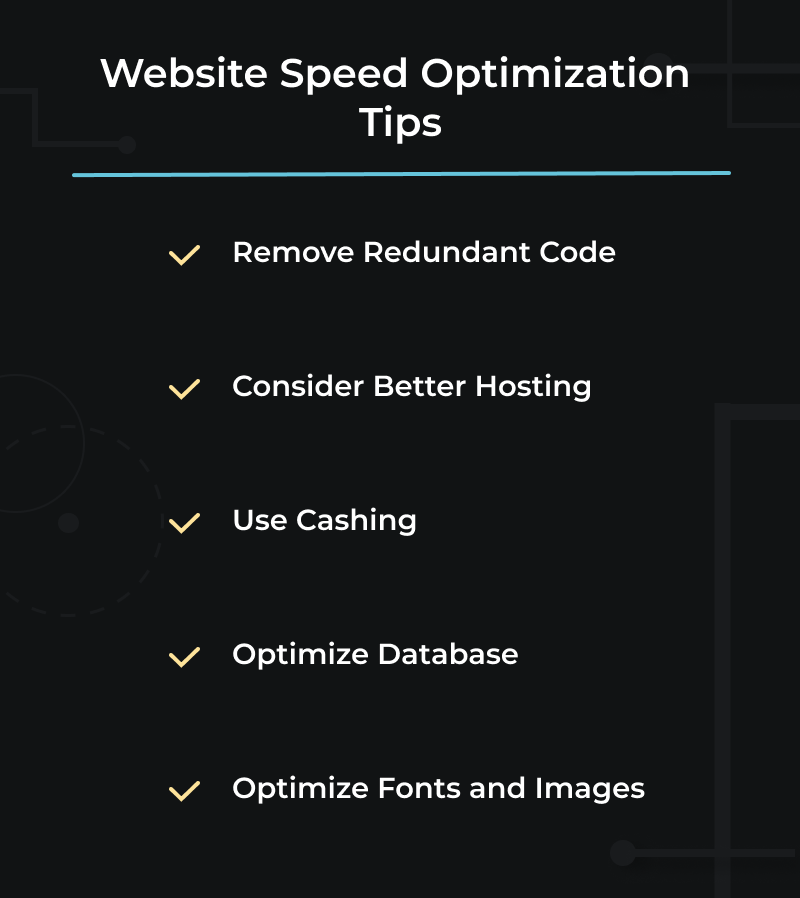Clients hate to wait!
Nothing screams out for the uttermost disrespect as keeping your clients waiting: No matter whether we’re talking about a physical business or a digital one. Your business gets as good as the level of your client satisfaction. An easy thing to spoil! So just don’t.
One of the common reasons operational delays might happen is pushing your business’s “bandwidth” to its limits. In economic terms, that means your business demand exceeds your supply, and you don’t have enough capacity to handle all the requests.
In case that’s what you’re going through, here is some good news. You’re pretty popular!
Being overwhelmed with client requests might seem like a lucky position to be in for every business owner. But let’s not get too far ahead of ourselves.
The worst thing that can happen in a situation like that is failing to process the rapidly growing number of your client requests. Otherwise, your new clients might forget about you just as quickly as they have discovered.
Your website is just as important a company’s asset as any other that often gets overlooked. But if you’re operating in a niche like e-commerce – the significance of your website performance is not even a topic up for discussion.
UTOR helps digital companies optimize their website performance through thorough manual and automatic testing. As a result of our work, you’ll know the exact cause of your website speed performance as well as the improvement recommendations.
Still not sure whether you need to optimize the speed of your website? Here are some real-world examples to change your mind.
Every Second Matters
Statistically speaking, every load second can result in business loss, and here is how.
In 2011, Obama’s website went from five to two seconds of page load, bringing additional $34 million donations. As simple as that.
There’s a common opinion that established companies like Amazon don’t invest quite as much in user experience (UX), allegedly because people would use their services anyway. That can’t be far from the truth – every second delay results in $1.6 billion losses per year for Amazon, Hubspot says.
Mozilla improved Firefox by 2.2 seconds faster, which resulted in 60 million additional downloads via Firefox.
Walmart noticed a 2% increase in conversion per second faster page load, which led to a 1% increase accordingly.
This is to give you a rough idea of what a few seconds online might cost you.
What Is A Good Website Speed, Anyway?
You are going to have to look at the Core Web Vitals to answer that question: Three benchmarks were defined as the essential ones for the website performance testing.
A website typically doesn’t load all the content at once, rendering the essential information for a user first. The metric that defines the time required to load the main content is Largest Contentful Paint (LCP).
The first impression matters a great deal, and there’s a corresponding metric for that – First Input Delay (FIP). It measures the initial response time that the user gets after the first interaction with a website.
Finally, Cumulative Layout Shift (CLS) measures the number of times when the website layout is warped, strained, or deformed otherwise, creating a poor visual experience.
The 75th percentile value defines the margin allowance limits, meaning that the benchmark responds to specific criteria (such as “good” or “poor”) if it gets at least 75% of all website visits.
| Good | Poor | Percentile | |
| LCP | ≤2500ms | >4000ms | 75 |
| FID | ≤100ms | >300ms | 75 |
| CLS | ≤0.1 | >0.25 | 75 |
All in all, excellent speed is just one of the page load time best practices. More importantly, it’s how users perceive your website and whether it feels quick and responsive enough to them or not. The above performance testing metrics are to make sure you’re on a safer side.
Some Neat Tools Come Into Play
There’s no shortage of some excellent website testing tools, both free and paid ones. Here is the display of some of our preferences.
Sematext
Sematext offers additional value among other performance testing services: it routinely monitors your website and sends you notifications if there are any deviations from your typical results. This optimization tool provides various measurements to access your website performance, such as uptime, average response time, location, and similar
Google PageSpeed Insights
This is a 100% free optimization tool from Google. You enter a webpage URL or check the entire domain; it’s entirely up to you. The tool will give you some recommendations on how you can improve your website speed, but that’s about it.
GTmetrix
GTmetrix will come as a great help if you decide to dedicate your time to improve your overall website performance. A good thing about this web page speed tool is that it won’t only point out potential issues but also rank them according to their importance. That can be a great starting point.
Website Speed Optimization Process
Now that you’re all set to go, here is where to start.
Remove Redundant Code
A lot of redundant code can be produced when the website is being developed. Once you’re finished, it might be a good idea to go over your code again and rewrite it where possible. Structuring your JavaScript (JS) and CSS files in a way that can reduce the number of HTTP requests is the first thing we typically suggest as a part of our load testing services.
The easiest way to check the number of HTTP requests your website processes is to use Developer Tools by Google Chrome. In the left corner, the overall number would be displayed. Here is an example of our UTOR website.
Using a Content Management System (CMS) makes life easier for website admins. However, CMS platforms like WordPress (WP) often come with a great variety of preinstalled plugins that can affect your website speed.
Please note that keeping unused plugins as well as installing free alternatives might raise some additional security concerns.
Consider Better Hosting
Most websites use a shared hosting option where the server resources (CPU, RAM, disk space) are shared between multiple website owners. That’s the most common and cheap option, but as your business grows, it’s time to consider more efficient alternatives. There are a few of them.
To level up the game, the next step from shared hosting would probably be the Virtual Private Server (VPS) hosting. You’d still share a server with the others, but you get a private virtual space with your personal settings.
Once you reach a certain level, it’s time to move to a dedicated server. If your website traffic is somewhat unpredictable with ups and downs, you might want to consider using a cloud provider like Amazon Web Services, but that comes with a price. However, thanks to the pay-as-you-go model, you’d be able to break even in the long run.
To get a rough idea of what different hosting options might cost you, please check this article.
Use Cashing
It might not be the best option if your website undergoes frequent changes. Otherwise, enabling cashing would speed up page loading time significantly for returning website visitors. Your browser will store a web page version and present it to you upon your next visit.
Optimize Database
Using CMS platforms does the trick: WP would handle all the heavy lifting, creating and updating databases for you.
The downside of using WordPress is that your website can be quick as lightning, but it gets slower over some time. That’s because your WP database can’t tell which data is important and which isn’t; it just keeps everything.
Do you really need to store all the user comments? If not, it might be the right time to dig into your WordPress database.

Employ the Best Practices for Fonts and Images
Web Fonts have become a bit of a trend nowadays. Who wouldn’t want to use fancy fonts instead of standard boring typography? Such a decision would help your website stand out visually, hands down. However, using Web Fonts is often done via API, adding more HTTP requests to process.
Compressed images also might significantly contribute to your website speed and performance optimization. Imagine running a blog for a while: over time, your high-res images would add up to your load time. Luckily, there’s an easy fix. Website performance tools like Optimizilla will come to lend a helping hand.
Final Thoughts
Improving your website speed can be an easy thing to do if you’re running a small business. If you’re not, it might take some time to figure it out.
Knowing the root of the problem will help you come up with an adequate solution quickly. Identifying the factor that contributes the most to your website performance is something UTOR is highly proficient with. Contact us to get an expert opinion!









